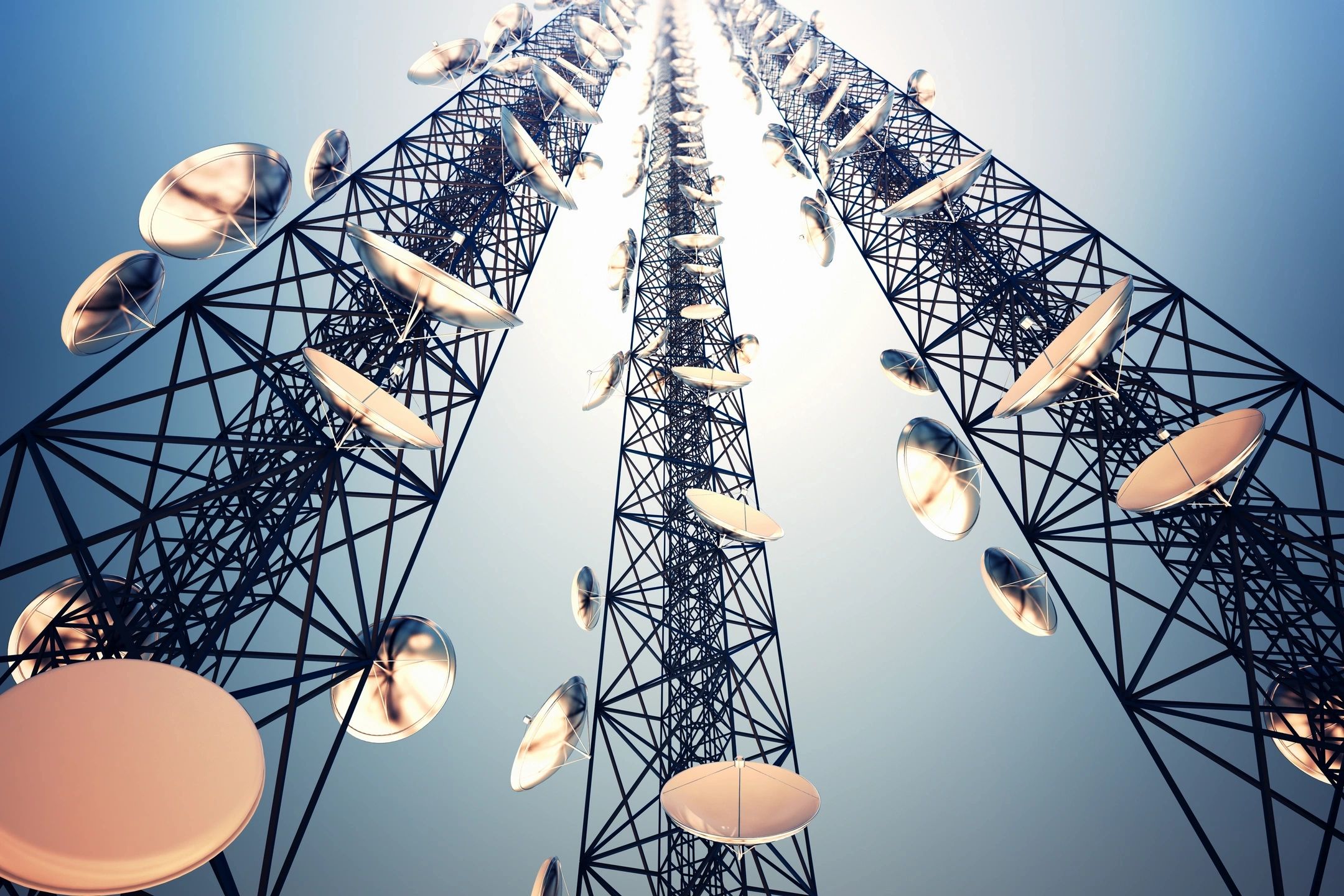EMF Protection: Safeguarding Your Health in a Connected World
In our tech-driven world, we’re constantly surrounded by electromagnetic fields (EMF)—from smartphones and Wi-Fi routers to power lines and microwave ovens. While these technologies make life more convenient, a growing number of people are raising concerns about the potential health risks of EMF exposure. From headaches and fatigue to more serious claims about cancer risks, the debate around EMF safety is heating up. Let’s dive into what EMF protection means, why it matters, and practical steps you can take to minimize exposure while staying connected.
Understanding EMF and the Concerns
Electromagnetic fields are invisible energy waves emitted by electrical devices. They’re classified into two types: low-frequency (non-ionizing) radiation, like that from household appliances, and high-frequency (ionizing) radiation, like X-rays, which is known to be harmful. The controversy centers on non-ionizing EMF, such as radiofrequency (RF) waves from cell phones and Wi-Fi, and extremely low-frequency (ELF) waves from power lines.
Some studies, like those referenced by the World Health Organization (WHO), suggest that typical EMF exposure levels are generally safe. However, other research, including the BioInitiative Report, points to potential risks—linking long-term exposure to symptoms like insomnia, anxiety, and even increased cancer risk, particularly from cell phone radiation. The International Agency for Research on Cancer (IARC) classifies RF-EMF as a “possible carcinogen” (Group 2B), fueling public concern. While scientific consensus remains elusive, many people report sensitivity to EMF, experiencing symptoms like brain fog or dizziness, often termed “electromagnetic hypersensitivity” (EHS), though this condition isn’t universally recognized by medical authorities.
Why EMF Protection Matters
With devices like 5G towers and smart homes becoming ubiquitous, our exposure to EMF is only increasing. Posts on X reflect a growing community of people advocating for caution, sharing stories of improved well-being after reducing EMF exposure. Whether or not the science is settled, taking proactive steps to protect yourself can offer peace of mind and potentially reduce health risks—especially for children, whose developing bodies may be more vulnerable.
Practical Tips for EMF Protection
Here are some actionable ways to minimize EMF exposure without disconnecting entirely:
1. Create Distance from Devices
The strength of EMF decreases significantly with distance. Keep your phone away from your body when not in use—avoid sleeping with it under your pillow. Use speakerphone or wired earphones instead of holding the phone to your ear. When using a laptop, place it on a desk rather than your lap.
2. Limit Device Use
Turn off Wi-Fi routers at night or when not in use, and switch your phone to airplane mode during downtime. Reduce screen time by setting tech-free zones, like your bedroom or dining area, to give your body a break from constant exposure.
3. Use EMF Shielding Products
Products like EMF-blocking phone cases, laptop shields, and shielding fabrics for clothing or bedding are gaining popularity. For example, materials embedded with silver or copper can block RF signals. While their effectiveness varies, some users on X report feeling better after using them, though scientific evidence on their efficacy is mixed.
4. Optimize Your Environment
Position your bed away from power outlets or electrical panels, as ELF-EMF from wiring can penetrate walls. Consider using a gaussmeter to measure EMF levels in your home and identify high-exposure areas. Grounding—walking barefoot on natural surfaces like grass—may also help balance your body’s energy, though this is more anecdotal than proven.
5. Support Your Body’s Resilience
A healthy lifestyle can bolster your body against potential stressors, including EMF. Focus on a diet rich in antioxidants (like berries and leafy greens) to combat oxidative stress, which some studies link to EMF exposure. Practices like meditation and yoga can also reduce stress, which may amplify EMF sensitivity.
The Bigger Picture: Advocacy and Awareness
Beyond personal protection, the EMF debate highlights the need for better regulation and transparency. Advocacy groups like the Environmental Health Trust push for updated safety standards, arguing that current guidelines—set decades ago—don’t account for long-term exposure or modern technology like 5G. Some countries, such as France, have banned Wi-Fi in nurseries and restricted phone use in schools, reflecting a precautionary approach.
Finding Balance in a Wired World
EMF protection isn’t about fear—it’s about empowerment. While the science continues to evolve, taking simple steps to reduce exposure can help you feel more in control of your health. Whether you’re shielding your devices, creating tech-free spaces, or advocating for safer standards, every action counts. In a world where connectivity is king, finding balance means protecting your well-being without sacrificing the benefits of technology.










